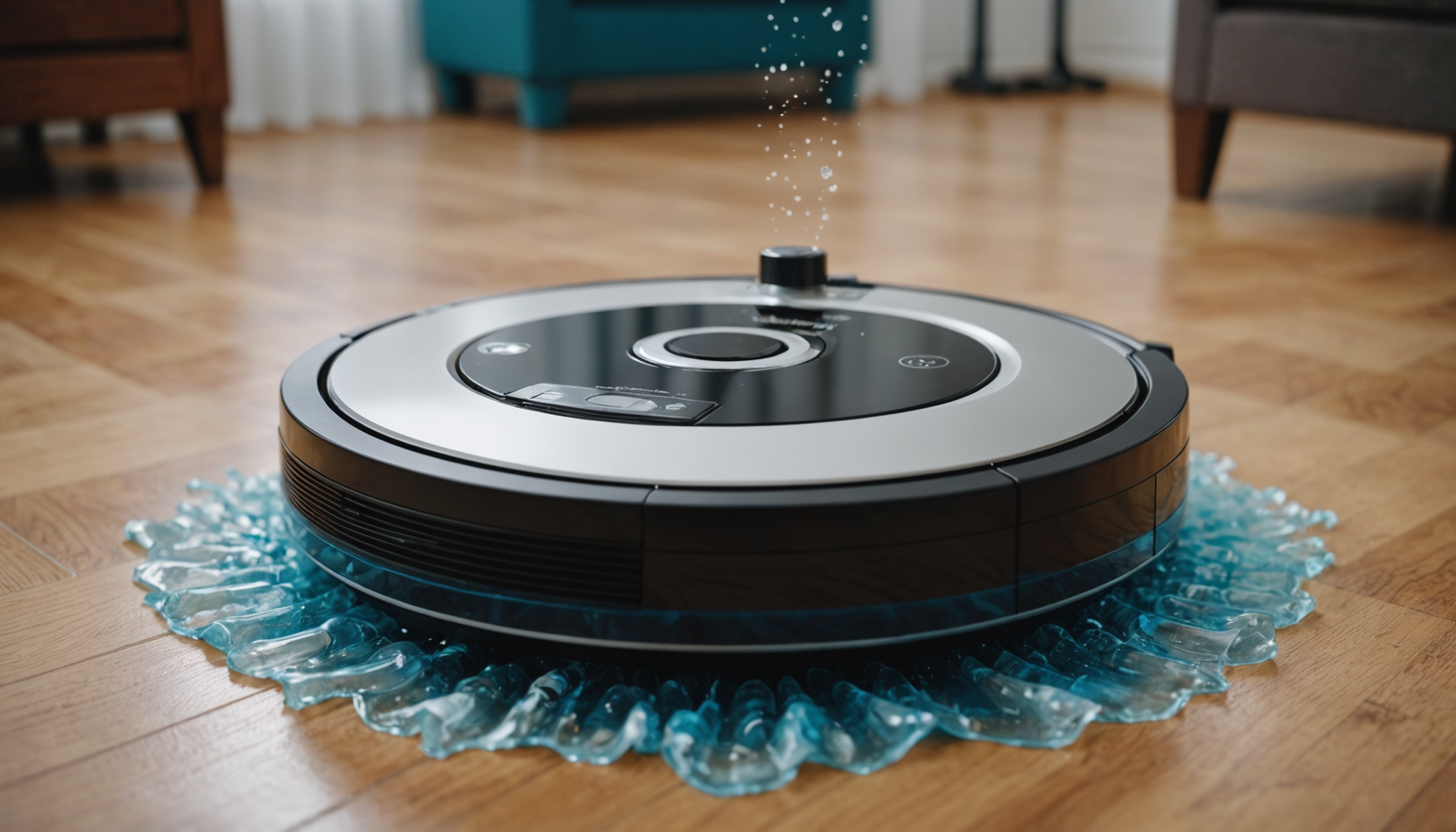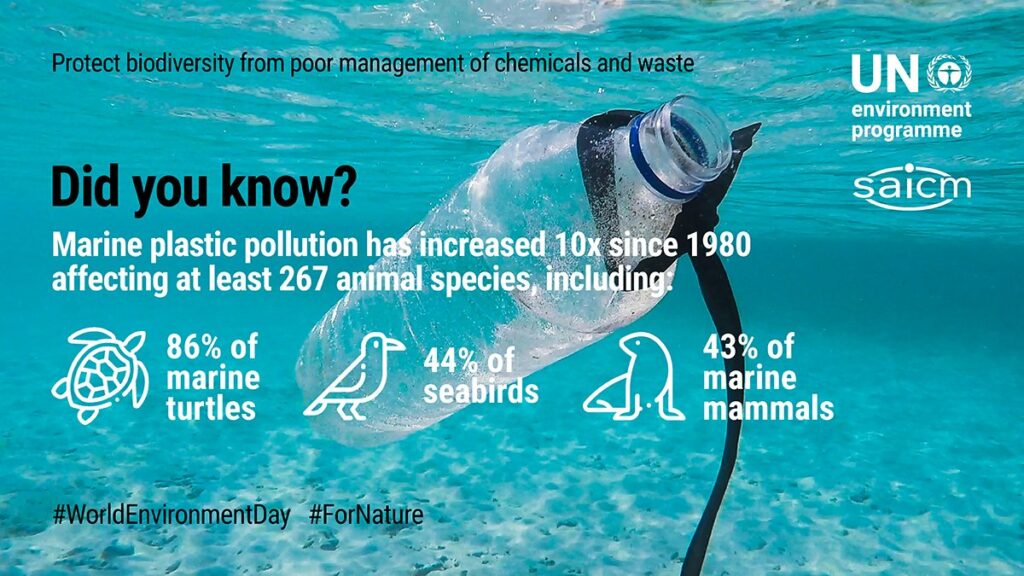
Report on the 3i S10 Ultra Robot Vacuum and Mop: Innovation Aligned with Sustainable Development Goals
Introduction
The 3i S10 Ultra robot vacuum and mop, currently available at a discounted price of $1,299 (originally $1,900), represents a significant advancement in home cleaning technology. Launched in November 2024, this device introduces a unique WaterRecycle system that aligns with several Sustainable Development Goals (SDGs), particularly those related to responsible consumption and production (SDG 12) and sustainable cities and communities (SDG 11).
Key Features and Technological Innovations
- WaterRecycle Station: The hallmark innovation of the 3i S10 Ultra is its trademarked WaterRecycle station. This system distills wastewater and dehumidifies the home environment, eliminating the need to refill the clean water tank frequently. This feature supports SDG 6 (Clean Water and Sanitation) by promoting water reuse and conservation.
- High Suction Power and Intelligent Cleaning: Equipped with 13,000Pa suction power, the robot adapts its cleaning intensity in real time, increasing suction on rugs and carpets. It also features a self-cleaning mop roller that effectively cleans edges and hard-to-reach areas.
- Advanced Obstacle Avoidance: The device skillfully avoids common household obstacles such as cords, shoes, and small items, enhancing operational efficiency.
- Dehumidification and Air Quality Improvement: The built-in dehumidifier collects moisture from indoor air to replenish the clean water tank, contributing to improved indoor air quality and supporting SDG 3 (Good Health and Well-being).
Environmental and Sustainability Impact
- Water Conservation and Recycling: The WaterRecycle system distills and purifies wastewater using silver ion modules, carbon rods, and deodorization modules before returning it to the clean water tank. This closed-loop system minimizes water wastage and promotes sustainable water management.
- Waste Management: Residual waste from dirty water is processed through shredding and aerosolization, then collected in a dust bag, reducing environmental pollution and supporting SDG 12.
- Energy Efficiency: The device’s ability to operate autonomously with minimal user intervention reduces unnecessary energy consumption, aligning with SDG 7 (Affordable and Clean Energy).
User Experience and Practical Considerations
- The 3i S10 Ultra is notably larger and heavier (80 pounds) than typical robot vacuums, which may limit its suitability for smaller living spaces such as apartments.
- Setup involves filling the clean water tank and detergent compartment, followed by a home mapping process to optimize navigation.
- The device’s mop roller spins at 330 revolutions per minute with significant downward pressure, ensuring thorough cleaning.
- While the robot excels in cleaning performance, some users may experience occasional odors during cleaning cycles, likely related to the dehumidification process.
Alignment with Sustainable Development Goals (SDGs)
- SDG 6 – Clean Water and Sanitation: The WaterRecycle system exemplifies innovative water reuse technology, reducing freshwater consumption and wastewater generation.
- SDG 11 – Sustainable Cities and Communities: By maintaining cleaner indoor environments with minimal resource input, the device contributes to healthier and more sustainable living spaces.
- SDG 12 – Responsible Consumption and Production: The robot’s efficient use of water and detergent, along with waste processing, promotes sustainable consumption patterns.
- SDG 3 – Good Health and Well-being: Improved indoor air quality through dehumidification supports occupant health.
- SDG 7 – Affordable and Clean Energy: Autonomous operation and smart scheduling optimize energy use.
Conclusion and Recommendations
The 3i S10 Ultra robot vacuum and mop is a niche yet highly innovative cleaning solution that integrates advanced technology with sustainability principles. It is particularly well-suited for busy households requiring reliable, low-maintenance cleaning. However, its size and premium price point may not be ideal for all users.
Consumers prioritizing sustainability and efficient resource use will find this device aligns well with global efforts to achieve the Sustainable Development Goals, especially in water conservation and responsible consumption.
Additional Information
- The device supports scheduled cleaning, allowing users to set and forget its operation.
- Ongoing monitoring and updates on deals and product performance are available through trusted sources such as ZDNET.
1. Sustainable Development Goals (SDGs) Addressed or Connected
-
SDG 6: Clean Water and Sanitation
- The article discusses the 3i S10 Ultra robot vacuum and mop’s WaterRecycle system, which distills wastewater and purifies recycled water, contributing to water conservation and sanitation.
-
SDG 9: Industry, Innovation and Infrastructure
- The innovative technology in the 3i S10 Ultra, including the WaterRecycle station, dehumidifier, and smart cleaning features, aligns with fostering innovation and sustainable industrialization.
-
SDG 12: Responsible Consumption and Production
- The device reduces water waste by recycling and purifying water used for mopping, promoting sustainable consumption of water resources.
-
SDG 11: Sustainable Cities and Communities
- By improving home cleanliness efficiently and reducing resource waste, the product supports healthier living environments.
2. Specific Targets Under Those SDGs
-
SDG 6: Clean Water and Sanitation
- Target 6.3: Improve water quality by reducing pollution, minimizing release of hazardous chemicals, and increasing recycling and safe reuse.
-
SDG 9: Industry, Innovation and Infrastructure
- Target 9.5: Enhance scientific research, upgrade technological capabilities of industrial sectors, and encourage innovation.
-
SDG 12: Responsible Consumption and Production
- Target 12.4: Achieve environmentally sound management of chemicals and wastes throughout their life cycle to minimize adverse impacts on human health and the environment.
- Target 12.5: Substantially reduce waste generation through prevention, reduction, recycling, and reuse.
-
SDG 11: Sustainable Cities and Communities
- Target 11.6: Reduce the adverse per capita environmental impact of cities, including air quality and waste management.
3. Indicators Mentioned or Implied to Measure Progress
-
For SDG 6 (Clean Water and Sanitation)
- Indicator 6.3.1: Proportion of wastewater safely treated – implied by the WaterRecycle system distilling and purifying wastewater.
- Indicator 6.3.2: Proportion of bodies of water with good ambient water quality – indirectly supported by reducing wastewater discharge.
-
For SDG 9 (Industry, Innovation and Infrastructure)
- Indicator 9.5.1: Research and development expenditure as a proportion of GDP – implied by the innovative technology development in the product.
- Indicator 9.5.2: Number of researchers per million inhabitants – implied innovation efforts.
-
For SDG 12 (Responsible Consumption and Production)
- Indicator 12.4.2: Hazardous waste generated per capita and proportion of hazardous waste treated, by type of treatment – implied through waste management in the device’s dust bag and water treatment.
- Indicator 12.5.1: National recycling rate, tons of material recycled – implied by the recycling and reuse of water within the device.
-
For SDG 11 (Sustainable Cities and Communities)
- Indicator 11.6.2: Annual mean levels of fine particulate matter (PM2.5) in cities – indirectly supported by improved indoor air quality through efficient cleaning.
4. Table of SDGs, Targets, and Indicators
| SDGs | Targets | Indicators |
|---|---|---|
| SDG 6: Clean Water and Sanitation | 6.3: Improve water quality by reducing pollution and increasing recycling and safe reuse | 6.3.1: Proportion of wastewater safely treated 6.3.2: Proportion of bodies of water with good ambient water quality |
| SDG 9: Industry, Innovation and Infrastructure | 9.5: Enhance scientific research and technological capabilities | 9.5.1: Research and development expenditure as a proportion of GDP 9.5.2: Number of researchers per million inhabitants |
| SDG 12: Responsible Consumption and Production | 12.4: Environmentally sound management of chemicals and wastes 12.5: Substantially reduce waste generation |
12.4.2: Hazardous waste generated per capita and proportion treated 12.5.1: National recycling rate, tons of material recycled |
| SDG 11: Sustainable Cities and Communities | 11.6: Reduce adverse environmental impact of cities | 11.6.2: Annual mean levels of fine particulate matter (PM2.5) in cities |
Source: zdnet.com







